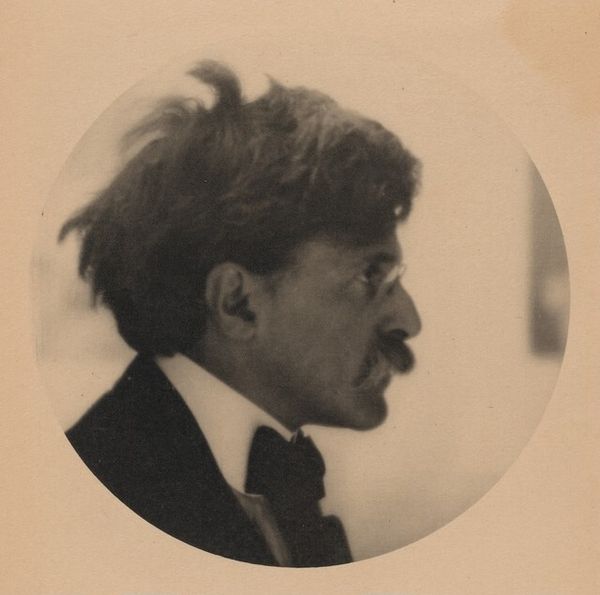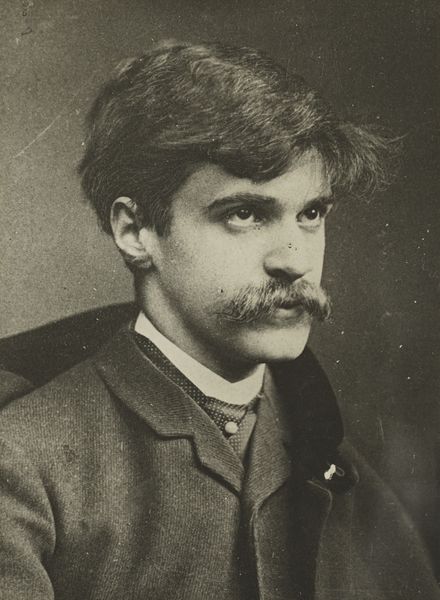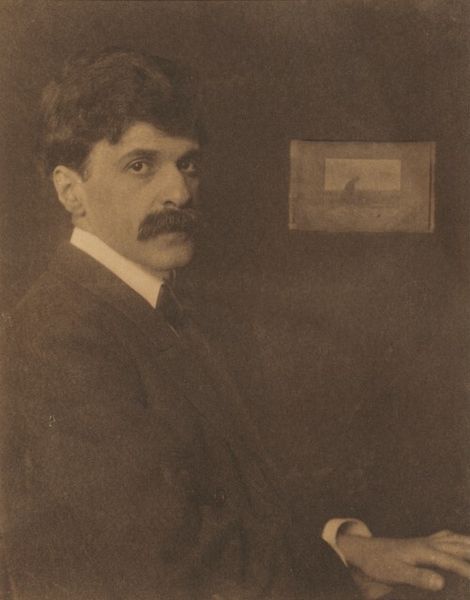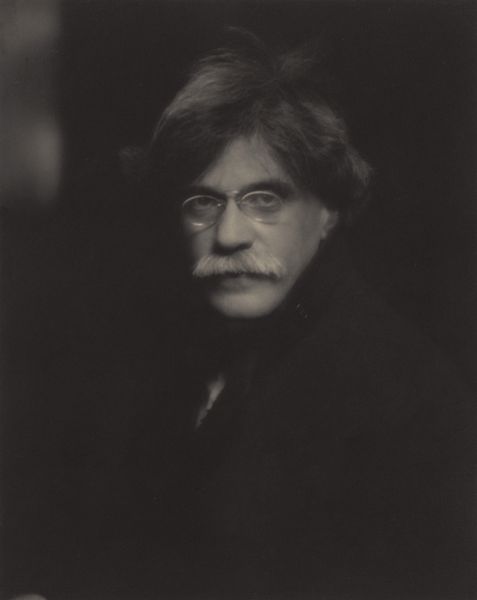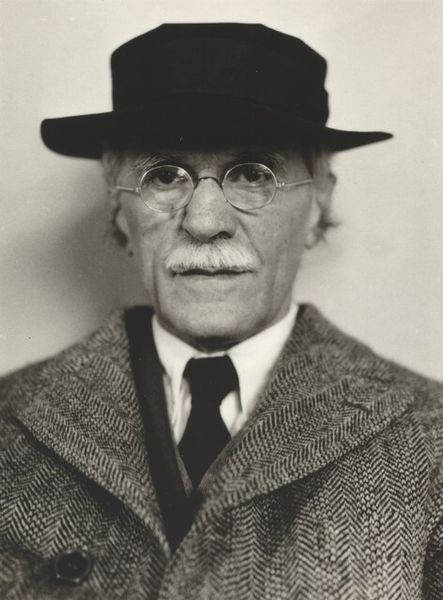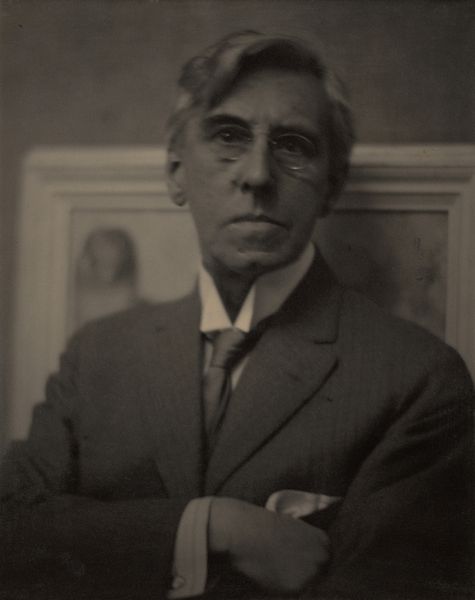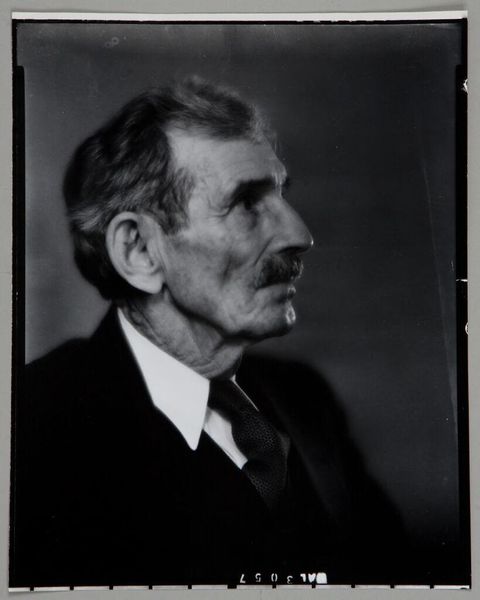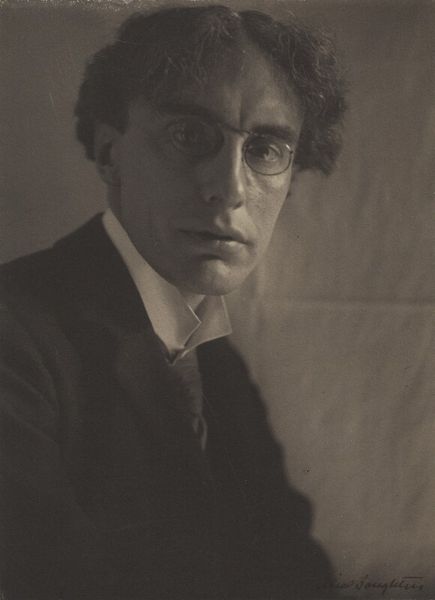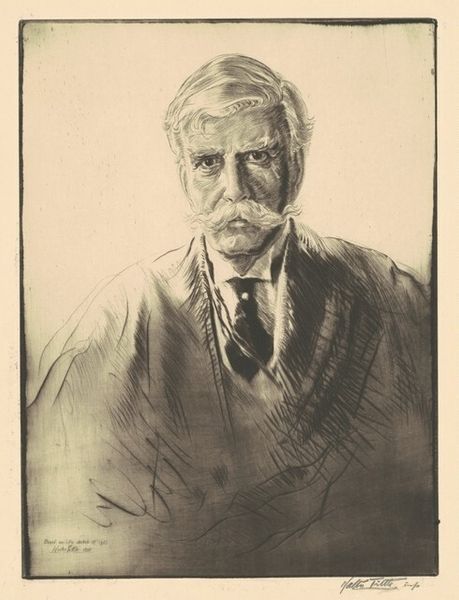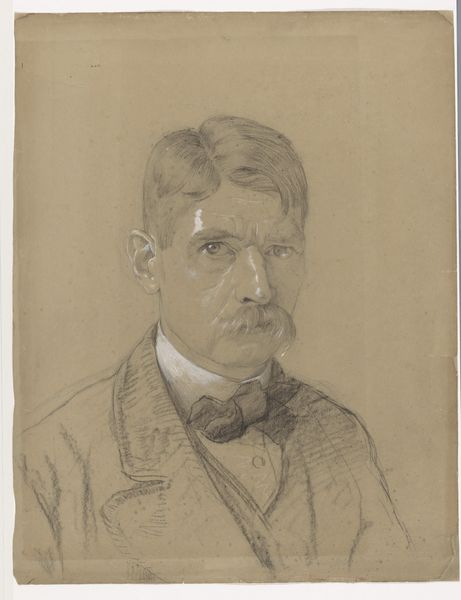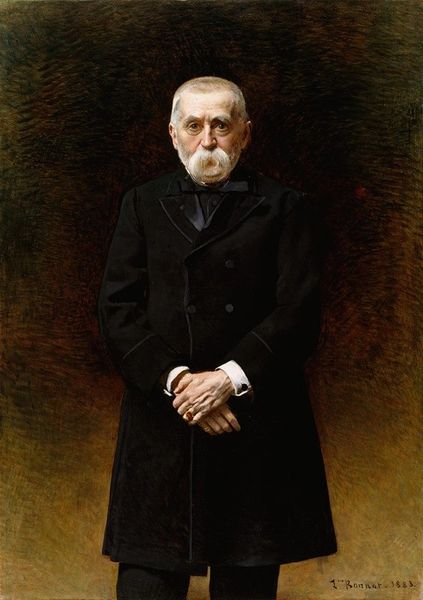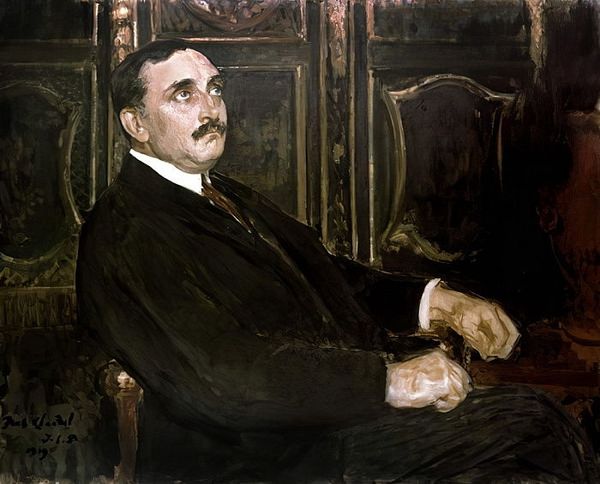
Dimensions: image: 17 × 11.9 cm (6 11/16 × 4 11/16 in.) overall: 18 × 13 cm (7 1/16 × 5 1/8 in.)
Copyright: National Gallery of Art: CC0 1.0
Alfred Stieglitz made this self-portrait using a photogravure, a then-emerging photographic process, in the early 20th century. Stieglitz was a key figure in promoting photography as a fine art in America, challenging its perception as merely a tool for documentation. This portrait isn't just about capturing his likeness. It's a statement about the artist's role. Stieglitz presents himself as a thinker, a man of intellect. The soft focus and the use of light create a contemplative mood. This aesthetic aligns with the Pictorialist movement, which sought to elevate photography to the level of painting through artistic manipulation of the image. Stieglitz’s work helped reshape the institutional landscape of American art. He ran the influential "291" gallery in New York, exhibiting avant-garde European art alongside American photography. By studying Stieglitz's life and the cultural debates around photography at the time, we can understand how he helped redefine what art could be in the modern era.
Comments
No comments
Be the first to comment and join the conversation on the ultimate creative platform.

